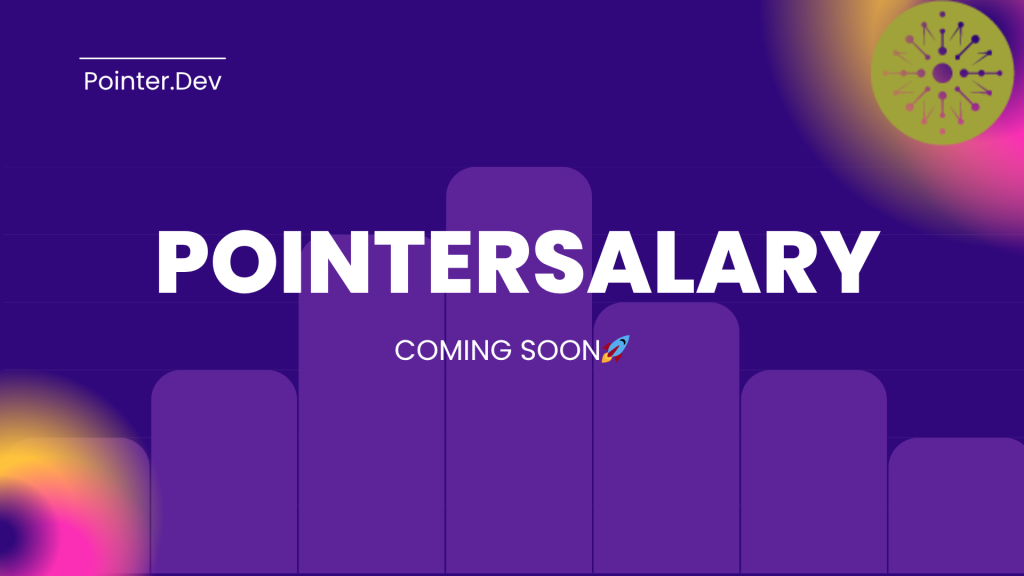In the rapidly evolving landscape of software architecture, staying up to date with best practices is crucial. This blog explores some of the most relevant topics today, including microservices, observability, database indexing, caching, idempotency, testing strategies, and CI/CD—all while examining how AWS can help implement these concepts effectively.
1. Microservices vs. Monolith: Communication and Scaling
Synchronous vs. Asynchronous Communication
Microservices communicate using two primary methods:
- HTTP Calls: REST APIs (via AWS API Gateway) or gRPC for synchronous communication.
- Async Messaging with Kafka: Using Amazon MSK (Managed Streaming for Apache Kafka) to decouple services and improve resilience.
- Kafka Streams: Used for event-driven data processing in real-time, ideal for building stateful applications in a microservices environment.
Impact on Scaling and Maintainability
- Microservices scale horizontally with AWS Auto Scaling Groups or ECS Fargate.
- Monoliths often require vertical scaling, leading to bottlenecks.
- Microservices improve maintainability but introduce complexity in service orchestration (AWS Step Functions help here).
2. Observability: Tracing, Metrics, and Alerts
Observability is key in distributed systems to diagnose performance issues and bottlenecks.
- Tracing & Distributed Tracing: AWS X-Ray tracks requests across microservices.
- Metrics: Amazon CloudWatch collects logs and performance data.
- Alerts: CloudWatch Alarms and AWS SNS notify teams of system failures.
3. Database Indexing: Performance Optimization
- Indexing Structure: B-Trees (used in PostgreSQL, MySQL) vs. Hash Indexes (for quick lookups in DynamoDB).
- Read vs. Write Optimization: Indexes speed up reads but slow down writes.
- Choosing the Right Index Field: Consider cardinality; high-cardinality fields (like UUIDs) work well.
- SQL vs. NoSQL: Use RDS (SQL) for relational data and DynamoDB (NoSQL) for unstructured data at scale.
4. Caching: Improving Performance and Scalability
- Cache Key Strategy: Define unique keys based on request parameters.
- Time-to-Live (TTL): AWS ElastiCache (Redis/Memcached) allows fine-tuned caching strategies.
- Write-Through vs. Lazy Loading: Choose based on data access patterns.
5. Idempotent Requests: Ensuring Safe Retries
Idempotency ensures API requests can be retried without unintended side effects.
- Use AWS Lambda idempotency tokens to avoid duplicate executions.
- Implement idempotent database transactions (e.g., upserts in DynamoDB or PostgreSQL).
6. Testing Strategies in AWS
- Unit Tests: Run with AWS CodeBuild in CI/CD pipelines.
- Integration Tests: Validate interactions between services, using AWS LocalStack for local AWS mocks.
- Smoke Tests: Quick validation after deployment with AWS Lambda test invocations.
- Regression Testing: Automate with AWS CodePipeline + CodeDeploy.
7. CI/CD: Automating Deployments with AWS
- Continuous Integration (CI): Automate builds with AWS CodeBuild.
- Continuous Deployment (CD): Deploy with AWS CodePipeline and CodeDeploy.
- Blue/Green Deployments: Reduce downtime with AWS Elastic Beanstalk or ECS rolling updates.
Conclusion
These topics are essential for modern software architecture, especially in cloud environments. AWS provides powerful solutions to implement microservices, observability, database optimization, caching, idempotency, testing, and CI/CD efficiently. By leveraging AWS services, businesses can build scalable, reliable, and maintainable systems.
What are your thoughts on these topics? How have you implemented them in your projects? Let me know in the comments!

